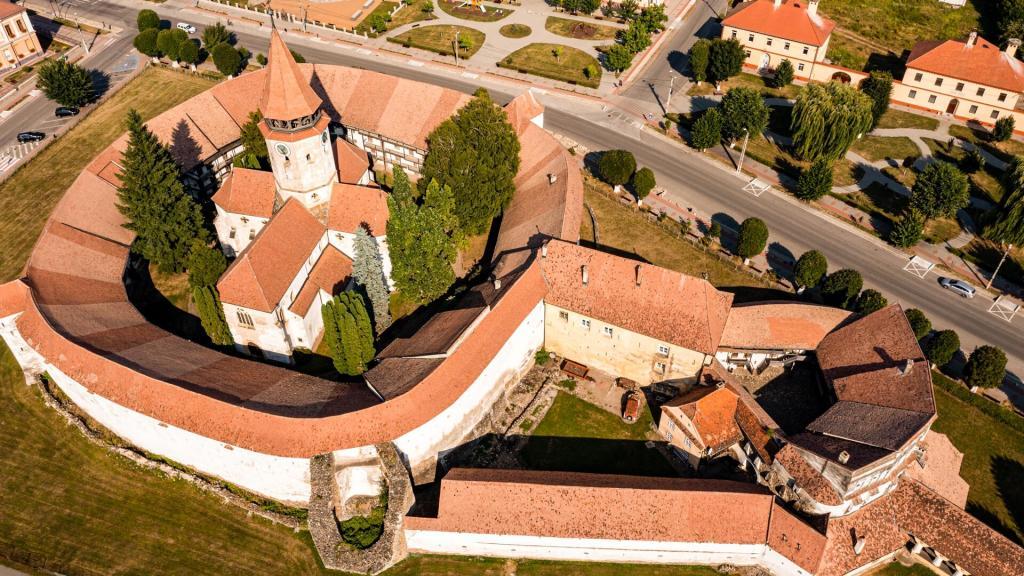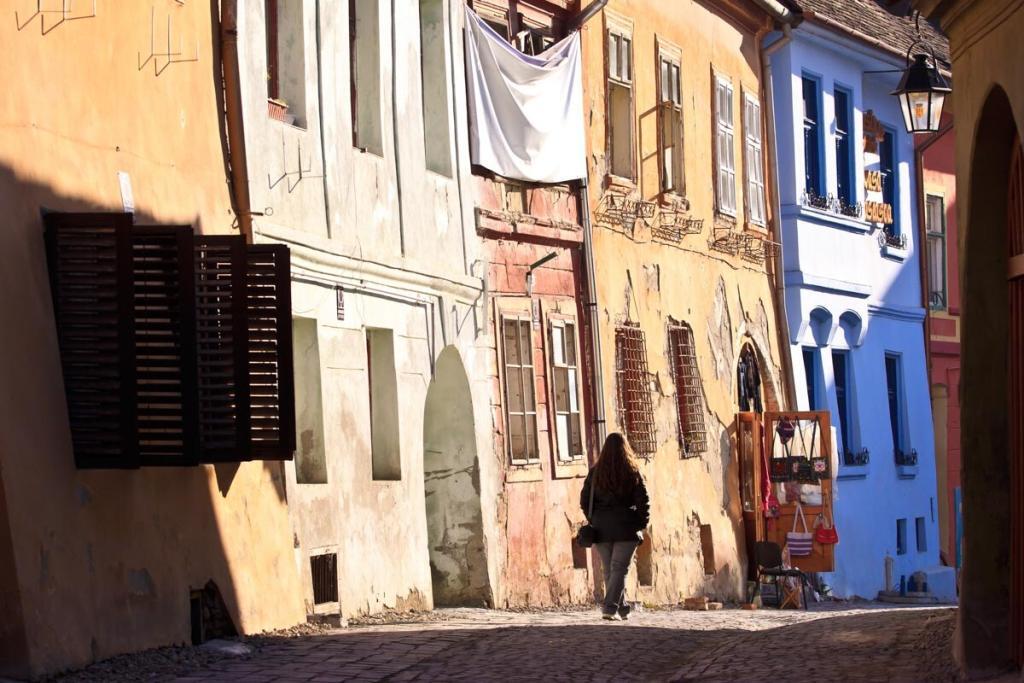Transylvania offers sights and attractions to suit all tastes, but the authenticity found in the old rural settlements is something everyone loves. Transylvanian villages are places with a special charm, and the landscape of the area recalls memories of ancient times. It is a world created centuries ago, during a history where the inhabitants have created their own space, separating them from others, making them feel unique, and creative, giving them a sense of stability, and helping them to resist those who have tried to change them in one way or another throughout history.
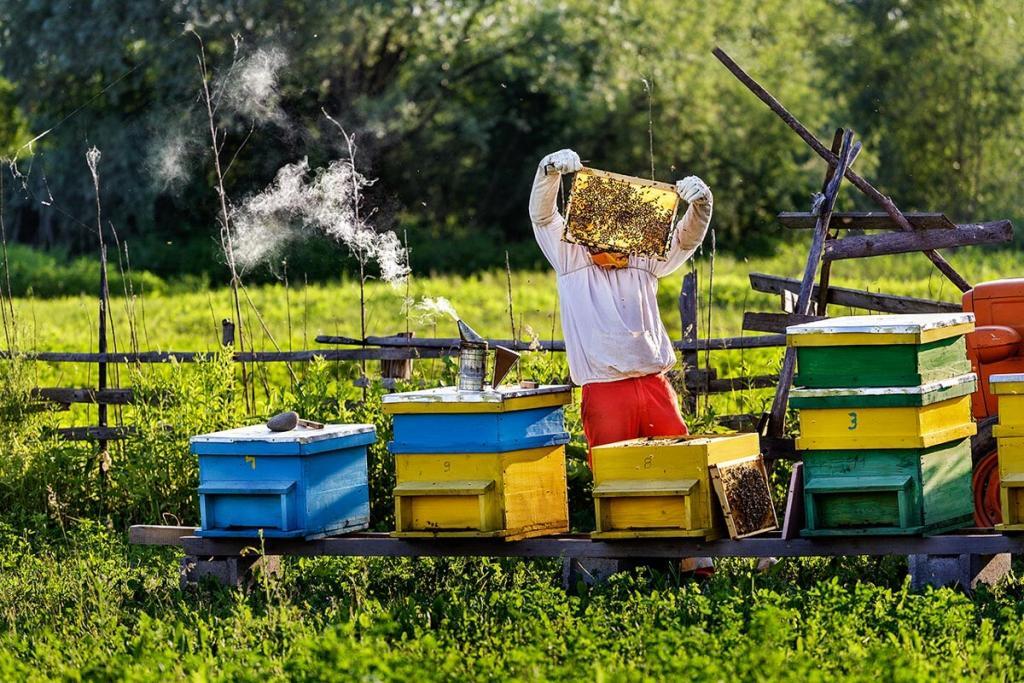
There are even UNESCO heritage-listed villages with traditions passed down from their ancestors, generations-old houses, and fortified churches preserved for hundreds of years. One of the most important Romanian poets, Lucian Blaga, said that “eternity was born in the village”. So when traveling to the remote villages of Transylvania, it feels like going back in time, to decades or hundreds of years ago. Here you’ll find strong houses that look like small fortresses, with simple rooms, but where the solid wooden furniture, hand-painted with traditional patterns and in cheerful colors, stands out. Inhabited by Romanians, Hungarians, Saxons, and, more recently, the Roma, the old communities have preserved their culture and customs.
Transylvania’s typical identity and spirituality are still influenced by the traditions of ethnic minorities living in the region. This is why, in almost all villages, different customs with unique meanings, full of charm and mystery, are still preserved. In Transylvanian villages, you will still discover today an assortment of old traditions designed to bring good luck, health, happiness, and rich harvests. Community life is lived according to these customs passed down from the ancestors to the younger generation. Even in these modern times, in many of these villages, religious celebrations and significant moments in people’s lives are the occasions for real performances that animate the alleys, bringing charm and color to the rural world.
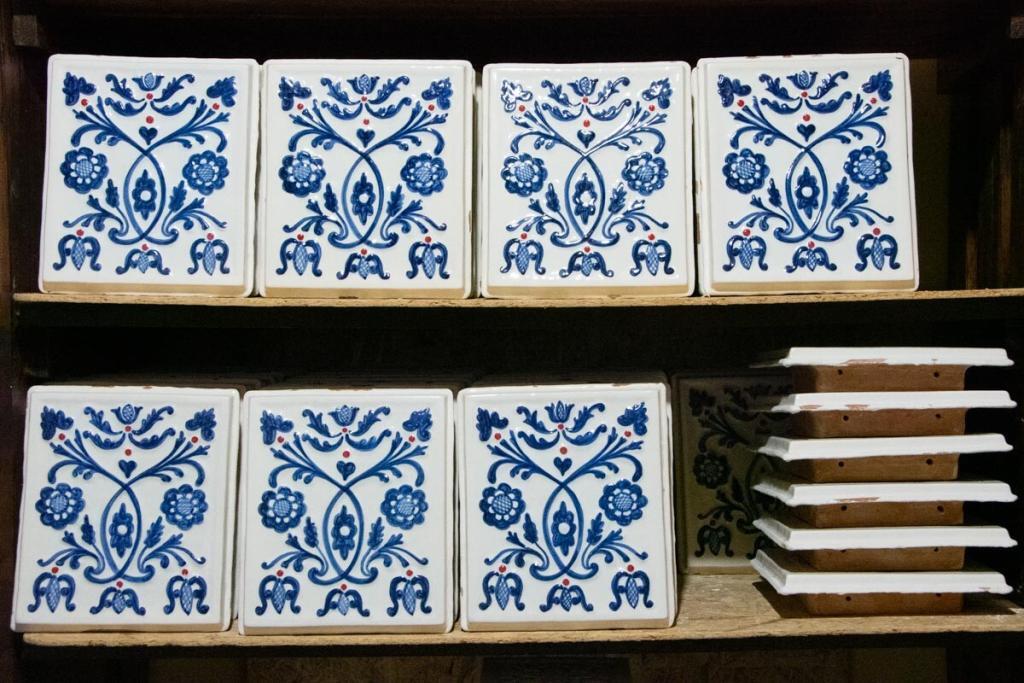
Local crafts passed down for centuries
In the Transylvanian villages, different crafts have emerged, developed, and been preserved, depending on the locally available resources. Many of these are still preserved unchanged in the more isolated villages, where industrialization is not so strong. The creativity of rural people can be seen in wooden objects, clay pieces, folk costumes, and the way they build their houses.
The craftsmanship of wood carving is an outstanding feature of the crafts in rural Transylvania. Woodcarvers create a wide variety of objects – from small personal items to household and work tools, from religious objects to large pieces of interior furniture and construction woodwork. The wood is crafted and carved, adorned with a wide variety of patterns, carefully cared for, and ornamented. Another famous craft in the area is pottery. The beauty of the patterns and decorative motifs created by the potters is impressive. Today they combine old decoration designs with original compositions, showing great skill in the composition of shapes and the choice of colors.
Handicraft is another famous skill, a true art, different from one ethnic group to another and from one sub-region to another. However, whatever their nationality, the inhabitants of rural areas dress up in traditional clothes on holidays and Sundays. Although young people no longer wear these folk costumes, they can still be appreciated at festivals and fairs. That is why weaving and sewing have remained one of the basic occupations of rural women, especially throughout the winter. They sew and stitch everything, from everyday clothes to festive garments, from rugs to bed and wall coverings.
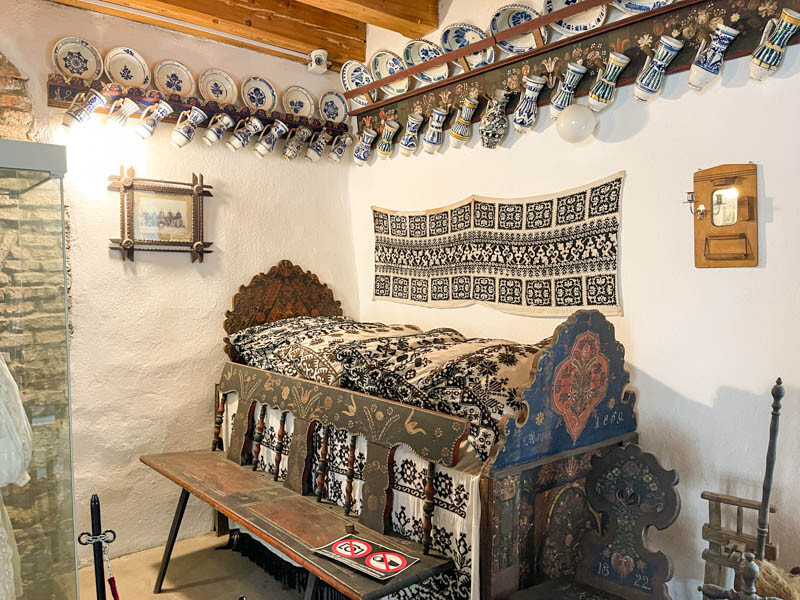
The art of painting icons, objects of worship common to village houses, is also a fine craft. These serve both decorative and religious purposes, as do those painted on glass and wood. Also, a traditional craft, specific to the area, is blacksmithing, each village having its workshop where the blacksmith used to make agricultural tools, household objects, or horseshoes for the horses who worked in the fields.
Some of the occupations listed above are about to disappear. This is why foundations and vocational training centers have emerged in the area and organize regular training courses in traditional crafts, attended by apprentices from all over the country. An example of such a center is The Prince of Wales’s Training Center, established by Prince Charles and located in his Viscri residence. The Prince of Wales Foundation in Romania, a charity that supports architectural heritage conservation, agriculture and sustainable development in Romania, runs educational and training activities every year.
Local fairs, festivals, meetings
Many of these villages – where old, fortified churches are the common feature – are settlements once inhabited by Saxons, the old German settlers that were brought to Transylvania thousands of years ago. The Saxon region of Transylvania was called ‘Oatland’ or Haferland, as the locals used to grow mainly oats because of the harsher climate. Unfortunately, there are not many German speakers left in most Saxon Transylvanian towns. Many ethnic Germans emigrated – as they could easily get German citizenship under a special law of return, many in the Saxon community choosing better living standards in Germany.
Nevertheless, the Oat Country has been hosting the most important Saxon festival in Transylvania every year since 2013, following a tradition kept since the time of the first Saxon settlers. The Haferland Week is one of the biggest events promoting Saxon culture in Transylvania. The festival is intended to revive old Saxon traditions and bring together both the returning Saxons and tourists, for whom the region has acquired a special charm in recent times. Every year, special attention is paid to local crafts, and the range of activities in the program is becoming more and more diverse: from religious services in fortified churches to film screenings, to typical Saxon music and dancing events or photo exhibitions. The rural entertainment, the costumes and the songs take you to an enchanting world, recalling the simplicity and beauty of the past centuries and offering you this back-to-basics experience. Similar events are held in other Transylvanian villages. For instance, every two years Saxons organize a large meeting in Biertan – the largest gathering of Germans still living in Transylvania and those who have emigrated, which is held on the first Saturday after 15th of September.
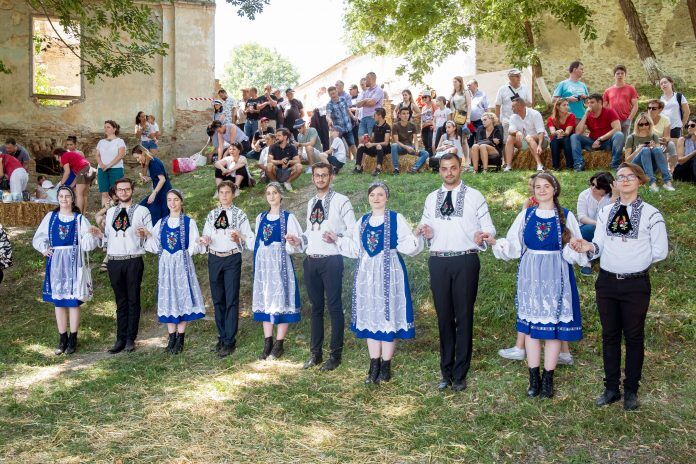
Another unique event is Transilvanian Brunches, a very nice local initiative that has been successfully promoting the delicious taste of Transylvanian dishes for years, through a series of special themed brunches every last Saturday of the month, from the end of April to September, in different villages in the region. In August, the annual Sound of Stone Festival – an event promoting the community’s geological resources – is held in Racoș. The activities consist of quality music concerts held in unique locations, such as the Racoș volcano, artistic performances in Sükösd Bethlen Castle, local product fairs, exhibitions, and stone carving demonstrations. And in July and August, several Transylvanian villages host Musica Barcensis Festival, with different performances taking place in local fortified churches on weekends.
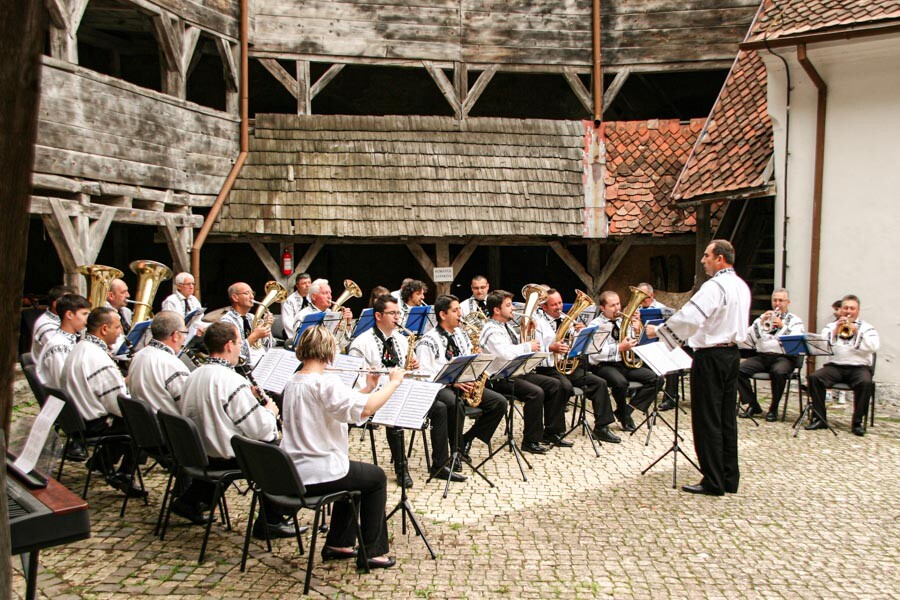
The natural beauty of the countryside, together with the authentic traditions preserved, transforms the Transylvanian villages into true gems of tranquility and relaxation, like in a fairy tale. If you choose to visit this area, even without attending local celebrations or events, you will be charmed by the landscapes, the rustic houses, the herds of cows and geese returning from their grazing in the evening, and the fresh smell of bread. Many of the foreigners having visited these villages have taken full advantage of these opportunities, acquired houses, and moved here, achieving a more balanced lifestyle and eating local healthy produce. If you want to remember the time when you were a child and used to go visiting your grandparents, just contact us and we will help you discover the beauty of Romania’s villages!

